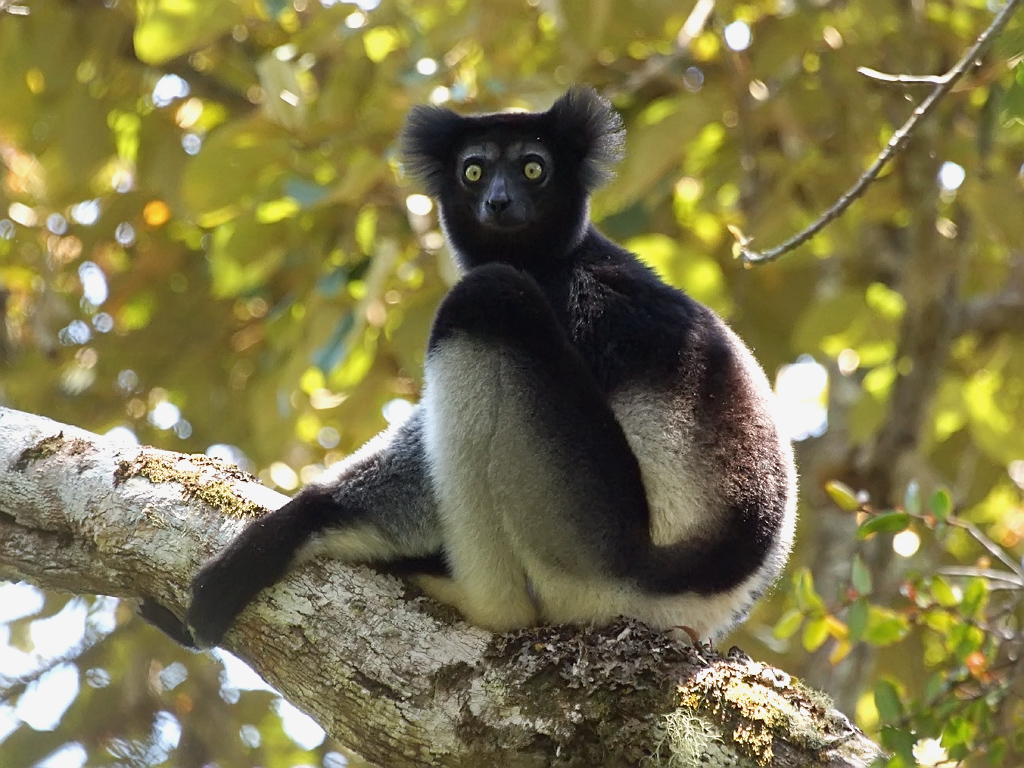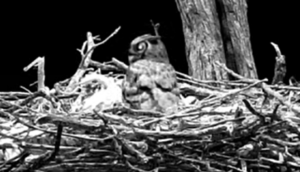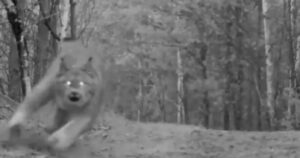Singing has served as one of the world’s main forms of communication for birds, whales, and of course humans. But a new study shows that at least for one variety of tree-dwelling primate, it’s the same old song and dance.
One specific type of lemur makes sounds that bear a striking resemblance to human song. Because Madagascan indris use vocal rhythms that sync up with some of our most foundational beats, researchers think they might be the link to the origin of human singing.
Of course, many other animals communicate by singing. But the new study, published in the journal Annals of the New York Academy of Sciences, explains how indris use a singular rhythmic pattern called isochrony to transmit alarm signals.
Indris have found fame as the world’s “singing lemurs.” Their squealing, mesmerizing vocalizations reverberate through jungle canopies, especially in the early morning.
Keeping the beat
But they aren’t just improvising.
In isochrony, each interval between sounds or notes is equal. This creates a natural pattern or beat, like a clock or metronome ticking.
After the University of Warwick team first noticed the trend in the indris, they set up a long-term study to monitor any patterns. Data collection covered a painstaking 15 years. Beginning in 2005, the team followed 51 indris and listened to them sing 820 different songs, lead study author Dr. Chiara De Gregorio told Phys.org.
When the long serenade finally finished, they noticed a striking conformity. Isochrony is a defining quality of human music, and the large lemurs’ songs showed the same affinity for it. Every single song and alarm call used the pattern.
“This discovery positions indris as animals with the highest number of vocal rhythms shared with the human musical repertoire — surpassing songbirds and other mammals,” said De Gregorio.
The results help corroborate a long-standing theory among evolution researchers: that songs indicate an ancient common ancestor between species.
“The findings highlight the evolutionary roots of musical rhythm,” said study co-author Dr. Daria Valente of the University of Turin, “demonstrating that the foundational elements of human music can be traced back to early primate communication systems.”






